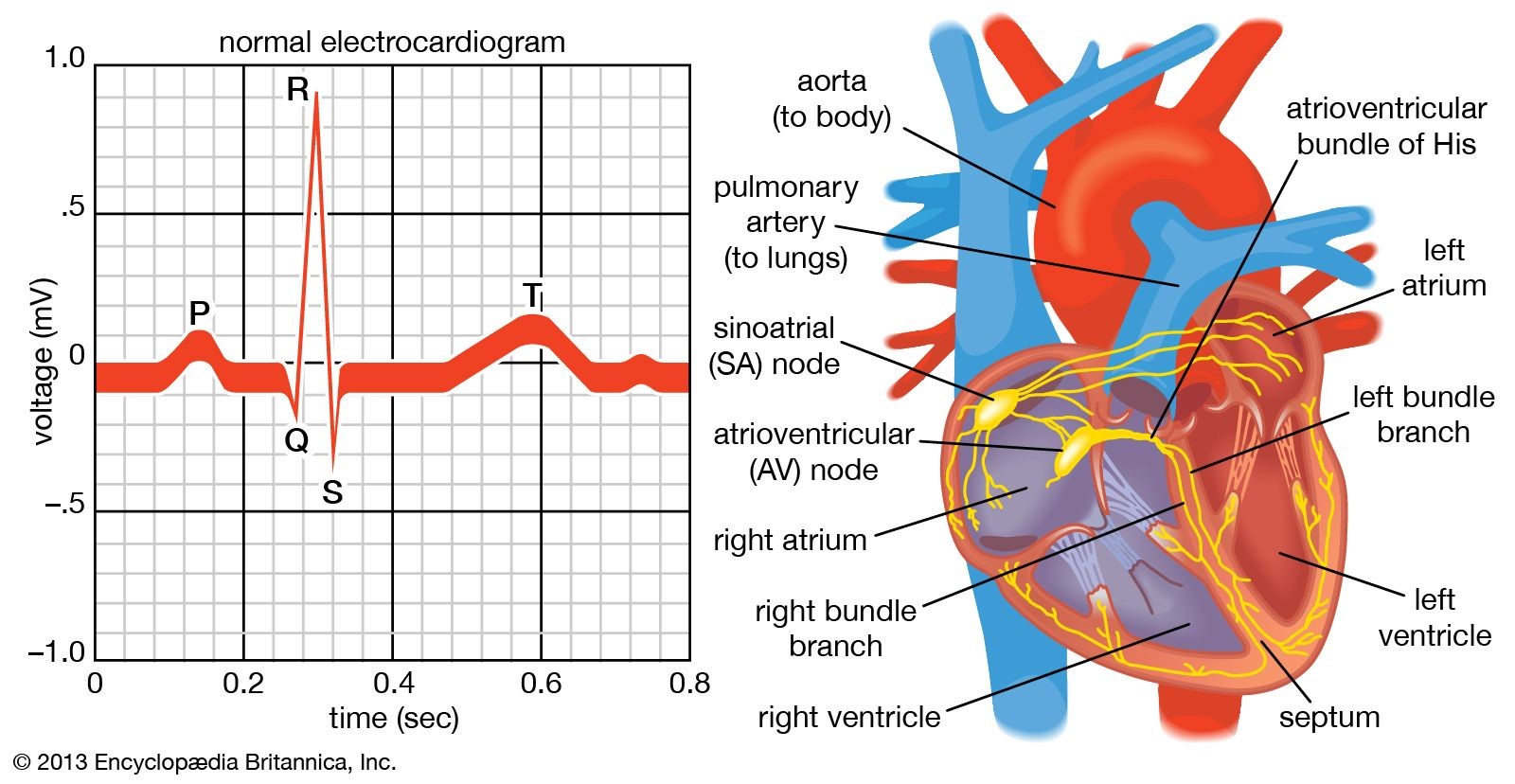An older adult client’s assessment reveals the following data: Lying BP 144/82 mm Hg, sitting BP 121/69 mm Hg, standing BP 98/56 mm Hg. What nursing diagnosis should be identified in the client’s plan of care?
Risk for ineffective breathing pattern related to hypotension
Risk for falls related to orthostatic hypotension
Risk for ineffective role performance related to hypotension
Risk for imbalanced fluid balance related to hemodynamic variability
The Correct Answer is B
correct answer is Choice B.
Choice B rationale:
Orthostatic hypotension is a significant drop in blood pressure that occurs when a person stands up from a lying or sitting position. It's characterized by a decrease in systolic blood pressure of at least 20 mmHg or a decrease in diastolic blood pressure of at least 10 mmHg within 3 minutes of standing.
The client's assessment data clearly demonstrates orthostatic hypotension, with a systolic blood pressure drop of 23 mmHg and a diastolic drop of 13 mmHg upon standing.
Orthostatic hypotension is a major risk factor for falls, especially in older adults. This is because the sudden decrease in blood pressure can lead to lightheadedness, dizziness, blurred vision, weakness, and even fainting.
Falls in older adults can result in serious injuries, such as fractures, head trauma, and even death. Therefore, it's crucial to identify and address orthostatic hypotension to prevent falls and their associated complications.
Rationales for other choices:
Choice A: Ineffective breathing pattern is not directly related to orthostatic hypotension. While hypotension can cause shortness of breath in some cases, it's not the primary concern in this scenario.
Choice C: Ineffective role performance can be a consequence of frequent falls, but it's not the most immediate or pressing nursing diagnosis in this case.
Choice D: Risk for imbalanced fluid balance is a potential concern in some cases of orthostatic hypotension, but it's not the most likely diagnosis based on the client's assessment data.
Nursing Test Bank
Naxlex Comprehensive Predictor Exams
Related Questions
Correct Answer is A
Explanation
Choice A rationale:
B-type natriuretic peptide (BNP) is a hormone produced primarily by the ventricles of the heart in response to stretching of the heart muscle fibers. It plays a crucial role in regulating blood volume and pressure by promoting the excretion of sodium and water by the kidneys. Elevated levels of BNP in the blood are strongly suggestive of heart failure, as the heart muscle is working harder to pump blood, leading to increased BNP production.
Key points supporting A as the correct answer:
BNP is a highly sensitive and specific marker for heart failure. Studies have demonstrated its accuracy in diagnosing heart failure, even in early stages when symptoms may be subtle.
The patient's clinical presentation aligns with heart failure. Vital fatigue and shortness of breath are both classic symptoms of heart failure, resulting from the heart's inability to meet the body's demands for oxygenated blood.
Other choices are less likely based on the information provided. Pleurisy (inflammation of the lining of the lungs), cardiomyopathy (disease of the heart muscle), and valve dysfunction can all cause shortness of breath, but they would not typically lead to elevated BNP levels unless heart failure is also present.
Additional considerations:
BNP levels can be influenced by factors other than heart failure, such as age, kidney function, and certain medications. However, in the context of a patient with typical heart failure symptoms, an elevated BNP level strongly supports the diagnosis.
BNP testing is often used to guide treatment decisions in patients with heart failure. Serial BNP measurements can help assess the effectiveness of therapy and monitor for disease progression.
Correct Answer is C
Explanation
Choice A rationale:
While maintaining anticoagulation is important in atrial fibrillation to prevent blood clots, it is not the main goal of treatment in this specific scenario.
The client's blood pressure is elevated, suggesting that the rapid heart rate is the more immediate concern.
Additionally, the prompt indicates that heparin has already been administered, addressing the anticoagulation need.
Choice B rationale:
The client's respiratory rate and lung sounds are normal, indicating that oxygenation is not a primary concern at this time.
The fast heart rate is the more pressing issue, as it can lead to decreased cardiac output and potential complications.
Choice C rationale:
Controlling the ventricular heart rate is the main goal of treatment in this case.
Atrial fibrillation with a rapid ventricular response can lead to several detrimental consequences, including:
Decreased cardiac output due to shortened ventricular filling time
Increased myocardial oxygen demand, potentially causing angina or heart failure
Increased risk of stroke or other thromboembolic events
Diltiazem, a calcium channel blocker, is a medication commonly used to slow the heart rate in atrial fibrillation.
By slowing the conduction of electrical impulses through the atrioventricular (AV) node, it effectively reduces the number of impulses that reach the ventricles, thereby controlling the ventricular response.

Choice D rationale:
Decreasing SA node conduction is not a primary goal in this situation.
The SA node is responsible for initiating the normal electrical impulses that trigger heart contractions.
In atrial fibrillation, the electrical activity is chaotic and originates from multiple foci within the atria, rather than the SA node.
Therefore, targeting the SA node would not effectively address the underlying rhythm disturbance.
Whether you are a student looking to ace your exams or a practicing nurse seeking to enhance your expertise , our nursing education contents will empower you with the confidence and competence to make a difference in the lives of patients and become a respected leader in the healthcare field.
Visit Naxlex, invest in your future and unlock endless possibilities with our unparalleled nursing education contents today
Report Wrong Answer on the Current Question
Do you disagree with the answer? If yes, what is your expected answer? Explain.
Kindly be descriptive with the issue you are facing.
